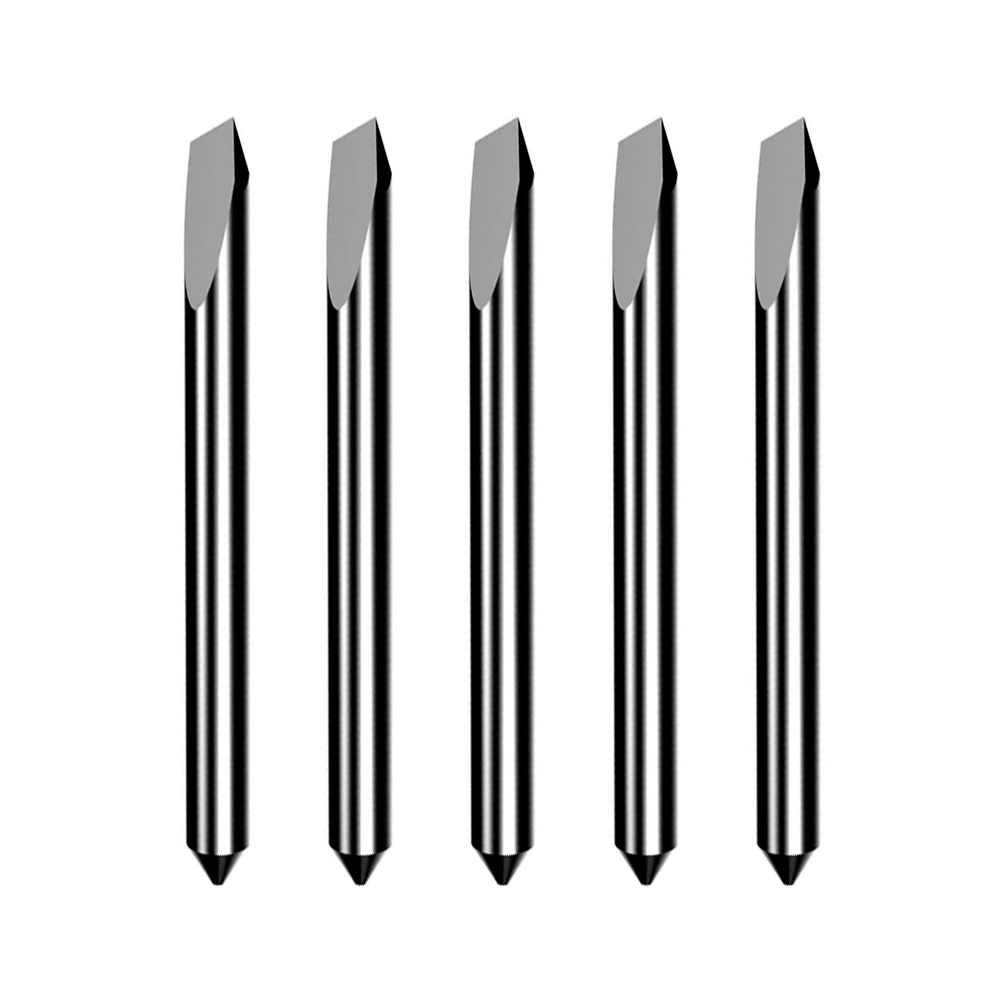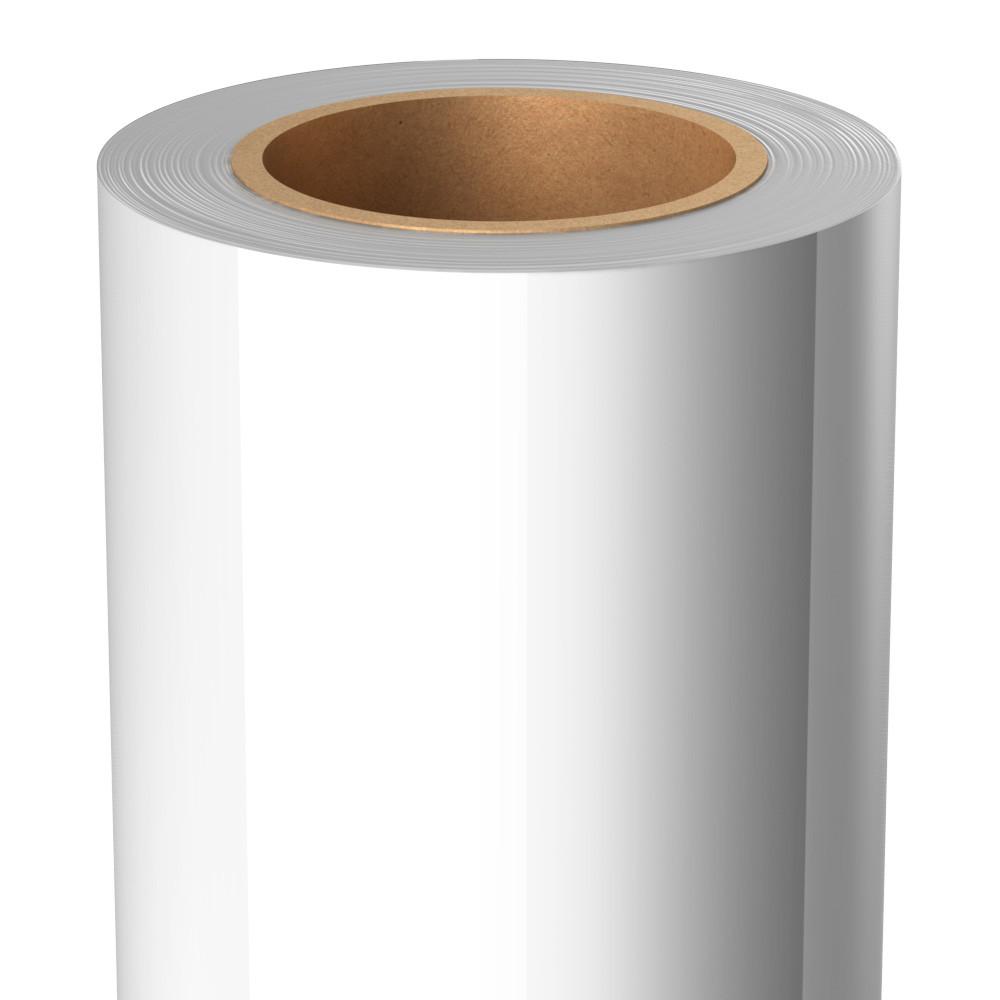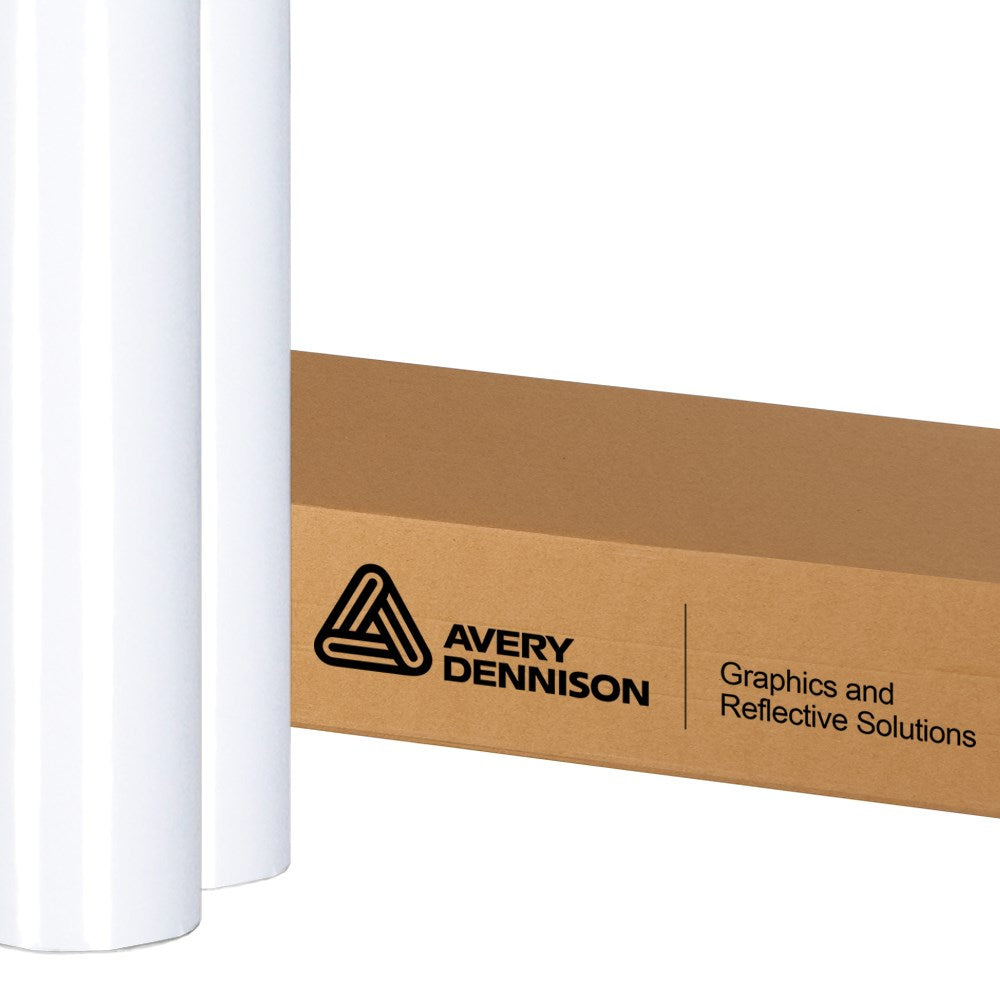Printer cutters are a print solution that can streamline workflows and contribute to efficiency improvements that allow you to grow your business. In the past, the process of printing and cutting signage consumed a considerable amount of time and resources, which made signage and other graphics quite expensive. However, this improved considerably with the introduction of digital tools and other technologies that support the production of signs and graphics.
It doesn’t matter if you are printing car wraps, outdoor billboard signage, wayfinder directions, decorative stickers for surfboards, labels for glass bottles, or designs to be applied to t-shirts–the right integrated printer cutter solution can streamline these processes with little manual intervention.
How Printer Cutters Work
Traditionally, printing and cutting were two processes with the initial printing taking place on one machine before the job was moved to another where it was cut and finished. A printer cutter, on the other hand, is a relatively simple machine. As its name suggests, it is an integrated device with two functionalities: printing and cutting.
Despite its simplicity, the number and variety of functions a printer cutter is capable of performing is nothing short of remarkable. For example, printers can simplify the printing and cutting of stickers, decals, and labels; uniforms, t-shirts, and other garments; window and wall graphics; signs and banners; vehicle wraps; and nearly any other print project.
To get a printer cutter operating optimally, you need a computer with enough processing power to operate a raster image processor (RIP) platform that translates an image into a format your device will understand, dedicated floor (or counter) space for the machine, a place to store media rolls, and a design solution for creating graphics according to defined print specifications.
Depending on the machine you choose, it could handle an assortment of materials beyond the traditional adhesive-backed papers and cardstock, including vinyl, aluminum paneling, corrugated plastic, wood, and more.
In addition to the printing and cutting device, you may need some additional tools such as scalpels, weeding tools, isopropyl alcohol, and squeegees. If you plan to print customer clothing, you will need a heat press too. Floor graphics may also require a lamination table. So, think ahead about the type of work you need to accomplish.
The Future of Sign Technology
Signage is everywhere. You’ll find it in airports, schools, roadsides, malls, offices, front lawns, sides of trucks, etc. Some light up, some are reflective, some are filled with graphics, some are permanent, some are interchangeable–you name it. Signs communicate messages, elevate awareness, and advertise services, products, and branding.
By expediting the printing and cutting processes with one machine, businesses have the potential to significantly reduce turnaround times for print jobs and increase their profit margins. As a result, advancements in print-and-cut technology over the last forty years have helped launch and grow print businesses across the globe.
Automation streamlines the printing process and reduces overhead costs by eliminating the need to perform repetitive tasks manually. In addition, it can improve production accuracy, consistency, and speed because the printer cutters can be programmed to the exact specifications for each job (regardless of the volume that needs to be printed and cut), leaving you free to take care of other needs.
Innovation in the sign industry continues at a rapid pace and brings more efficiencies and new ideas to the business, which, in turn, can offer more relevant and effective means for companies to communicate to employees, potential customers, and the general public.
Final Thoughts
With the right printer cutter, you can use one machine to generate signs of all sizes. You’ll also be able to produce various marketing materials and promotional items without having to invest in new equipment each time you take on a new client or type of project. However, comparing the features of the many different printer cutters on the market can be overwhelming, and take up valuable time that would be better spent focusing on your core business.
Let AirMark guide you through the options that best fit the type of printing you do and the volume you handle now and expect in the future. Our expert team can also provide support for setting up and using the software needed to run these machines. We are a one-stop supplier of everything you need to optimize your operations, including integrated print-and-cut solutions, and take your business to the next level!





